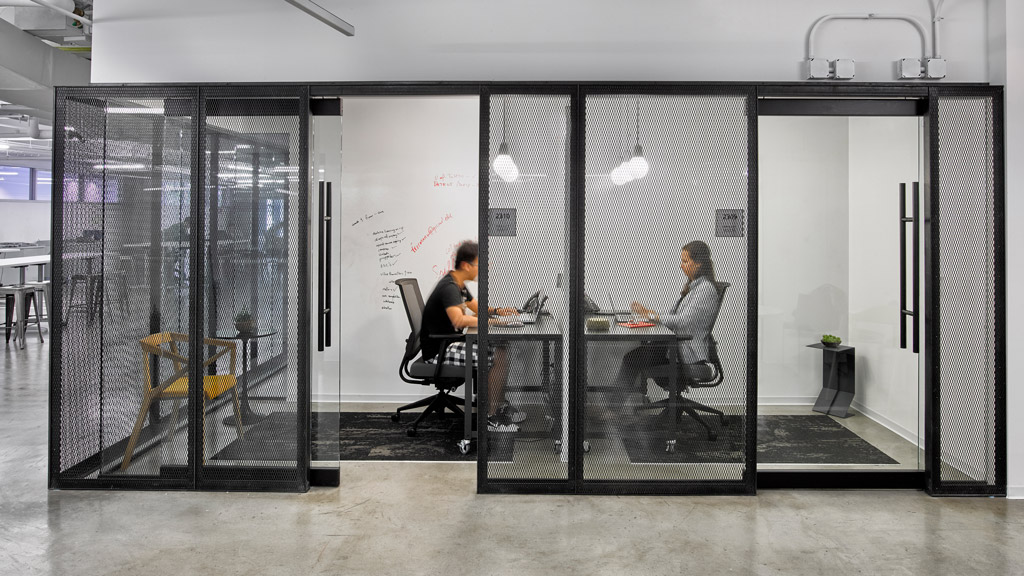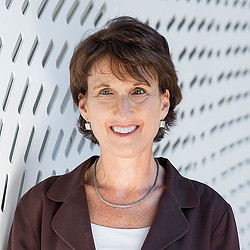New Types of Space on Campus
November 25, 2020 | By Mark Thaler, Deborah Shepley
As the self-proclaimed center of America’s “Urban Campus” with more than 210,000 students, Chicago has benefited for decades from one of the highest concentrations of college students, universities and colleges in the country.
This behind-the-scenes economic engine has utilized the city streets and urban amenities of the entire city of Chicago as it’s campus, extending well beyond the walls of each institution and creating a rich tapestry of overlapping places and — most importantly — serendipitous interactions between students, faculty, staff and the fellow residents of the city. At these urban universities, the education goes beyond the individual classroom and turns every neighborhood into an urban laboratory for students in all disciplines from all 50+ universities.
For decades, the Chicago Loop Alliance has published the Study on Higher Education in the Loop and South Loop. Which has shown that with these 50,000 students in the Loop, the associated universities have an over $3 billion impact of direct and indirect spending on the local economy. Extrapolate this to 210,000 students and the economic impact of Higher Education in the city of Chicago is staggering.
These universities build buildings. The students live in dormitories and apartments throughout the city. They attend classes on campus and hold study sessions in coffee shops in every neighborhood. Their parents come to visit on family weekend and loyal alumni make an annual pilgrimage to their alma matter. The return of campus activity each fall was as predictable as the leaves changing colors and the trick-or-treaters ringing your doorbell on October 31st.
Then Covid-19 hit.
Students, faculty, and administrators retreated to their homes and apartments in Chicago or beyond to continue taking classes and interacting with their fellow students and professors through video conferences and web chats. And this summer was a full-court press as our universities prepared for students and faculty to return again in the fall. As each institution’s plan is a different mix of in-person and virtual learning, it is creating a patchwork of America’s Urban Campus based on each administration’s decisions, the specific demographics of their students, and those students’ access to technology.
While every industry has had to devise its own response to the pandemic, the crisis has rapidly accelerated trends that would have otherwise taken years or decades to come to fruition.
Recently, a client of mine in higher education told me that, when March came and everything went remote, the first reaction was, “no way, we can’t teach online.” Slowly, over time, that cry changed to: “We can teach online, but in-person is better.” More recently, the response is “OK, we can teach these courses online, but these other courses are better taught in person.” This kind of rapid self-realization is a game changer for universities in dense urban environments and college towns across the country.
As an architect, I’ve sat in hundreds of programming meetings for universities across the globe. The conversations usually went the same way: ask questions, listen for answers, create a list of spaces needed, and then build the spaces.
The most recent programming exercise I hosted during the pandemic followed the same sort of pathway, except now we asked a simple question: “What is best accommodated in person, and what could be accommodated remotely or digitally?”
The amount of space didn’t necessarily change from pre-pandemic, however we discovered that we needed to build significantly different spaces than had we asked that question a few short months ago. And the types of spaces needed also had some major changes. Laboratories, science facilities, and hands-on art programs all have tremendous need to be face-to-face, for example, but larger lecture hall format classes could be truly flipped now allowing for smaller seminar rooms to accommodate more sections of personalized connection. Also, realizing that students and faculty are going to have a rapid change-over from an in-person class at 10am and a remote class at noon, our space plan needed to be able to accommodate these new needs as well.
After spending more than eight months studying the shifting space needs at colleges and universities, we see several trends shaping the next generation of academic buildings:
1. Virtual & Physical Space IntegrationGone are the days of coming to campus not feeling well. Students will need to self-isolate when they are sick. In exchange for this good-for-all behavior, the students can’t miss a beat of the in-person experience. They will need to have a way to participate remotely at an equal experience level to being in the room.
2. More One-Button Learning EnvironmentsIf a teacher is creating an online lecture, they don’t necessarily need to occupy an entire 1,000 square foot classroom. This can be done in a 150 square foot one-button studio, where they enter the room, push a button, and it starts recording their lecture. Add to it the lightboard studio technology, where the professor faces the glass and looks into the camera while they write, and it might be said that these video lectures become a superior engagement strategy to the system they’re replacing.
3. Fewer Lecture Halls“Flipped classrooms” were a trend in the 2010’s from a unique pedagogical approach. Why pull students together into a 1,000-seat lecture hall to hear the same lecture every year, when you could record it and have those students instead listen to the lecture from their dorm room and use the alternating class periods during the week for smaller, focused cohort groups. While it anonymizes the lecture (wasn’t it always when you sat in the last row?) it hyper-personalizes the hands-on learning in the smaller cohorts.
4. More Collaboration AreasDespite advancements with online communication and whiteboarding programs like Miro and Teams, face-to-face collaboration sessions are still supreme. Academic buildings will transition into places of gathering, where groups can meet together and create.
Looking even further ahead, we know tomorrow’s universities will be heavily influenced by today’s elementary school student. These learners are being educated via Zoom, with a typical school week that often includes two days in person and two days remote. While we are seeing these immediate trends shape academic buildings today, the academic building of tomorrow will be even more radically different as young learners come to expect more of their learning environments when they reach the university level.
For media inquiries, email .


